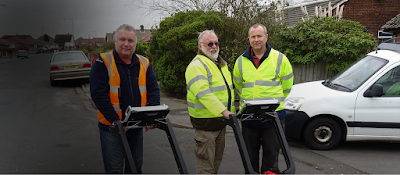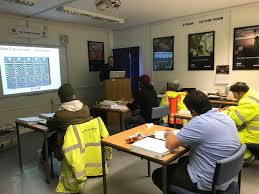When a contractor undertakes any sort of excavation works there is the ever-present danger of utilities running underground in the exact spot where the contractor needs to dig. They may only be a couple of feet down or they could be deeper, but the fact is that utilities can be anywhere. We all use electricity, water, and sewage pipes, and many people also use gas. We almost all have telephones and broadband.
Some of these are not going to cause a danger to human life, such as telephone cables. However, others can, and do, kill. Figures from Zurich Insurance show that there are an average 600 serious injuries and 12 deaths every year as a direct result of cable strikes. Any sort of damage to underground services will result in delays on a contract and can also result in serious financial penalties as well.
It is essential, therefore, that a thorough examination of the site is undertaken before a spade is put into the ground. Of course, since all utilities run underground, we cannot see them, so it is necessary to make use of the tools that have been designed to locate and identify them, namely the CAT and Genny.
These are indeed very sophisticated tools, but it should also be noted that they do have their limitations. If you believe everything they say, you could get into serious trouble.
For example, you might use the CAT on an area of land, and it tells you there is nothing there. You need to dig down six feet, so you happily dig away. However, what you didn’t know was that the CAT can only read to a certain depth – let’s say three feet in this instance. At a depth of four feet is an electricity cable, but the CAT was unable to record it.
This is why CAT training from a specialist training company is absolutely essential.
CATSCAN training will not only teach operatives how to use the CAT and the Genny in all modes, but a first-class course will also teach them the limitations of these tools, and that information is vital for safety.










